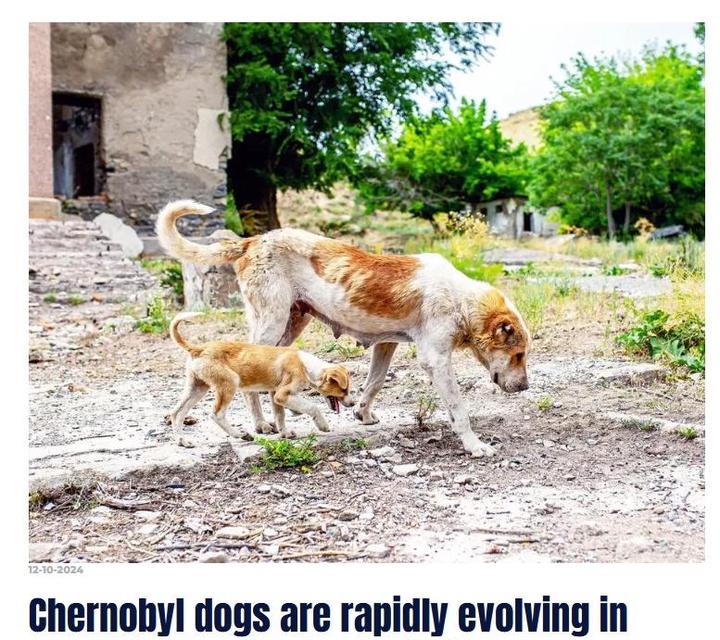Dogs of Chernobyl: A Tale of Genetic Adaptation
Recent scientific research reveals genetic differences between dogs living near the Chernobyl nuclear site and city dogs, sparking discussions about their adaptation to environmental stressors over multiple generations.

The story of Chernobyl’s dogs has captured global attention, particularly following recent research by scientists studying canine populations in and around the nuclear exclusion zone. These dogs, descendants of pets abandoned during the 1986 nuclear disaster, have become an unexpected subject of scientific interest.
Researchers from Columbia University analyzed blood samples from 116 dogs living within the Chernobyl exclusion zone. Their findings, published in a peer-reviewed study, identified significant genetic differences between dogs living near the nuclear power plant and those in Chernobyl city. The research team discovered approximately 400 genetic variations and 52 genes that might be linked to survival in a contaminated environment.
However, it’s crucial to understand what these findings actually mean. While some media outlets have sensationalized the results, suggesting the dogs have developed “immunity” to radiation, the reality is more nuanced. The genetic differences observed indicate adaptation to environmental pressures over generations, but this doesn’t equate to radiation immunity.
The study’s significance lies in its potential to help understand how mammals adapt to challenging environments over time. With an estimated 900 stray dogs in the exclusion zone, this population offers unique insights into genetic adaptation under environmental stress. The research could provide valuable information about long-term exposure to environmental hazards and their impact on mammalian genetics.
Interestingly, dogs as a species are particularly prone to genetic variation. They possess significantly more variable genetic elements than many other mammals, making them remarkably adaptable to different environments. This natural genetic flexibility may have played a role in helping these populations persist in the challenging conditions around Chernobyl.
The findings extend beyond just dogs. Similar adaptations have been observed in other wildlife in the area, including wolves and tree frogs, suggesting a broader pattern of environmental adaptation among various species in the exclusion zone. These discoveries may help scientists better understand how living organisms respond to environmental challenges and potentially inform future studies on radiation exposure effects in mammals.
The research team continues to study these unique canine populations, hoping their findings will contribute to our understanding of how mammals adapt to environmental stressors and potentially help develop strategies to mitigate health risks from long-term exposure to contaminated environments.